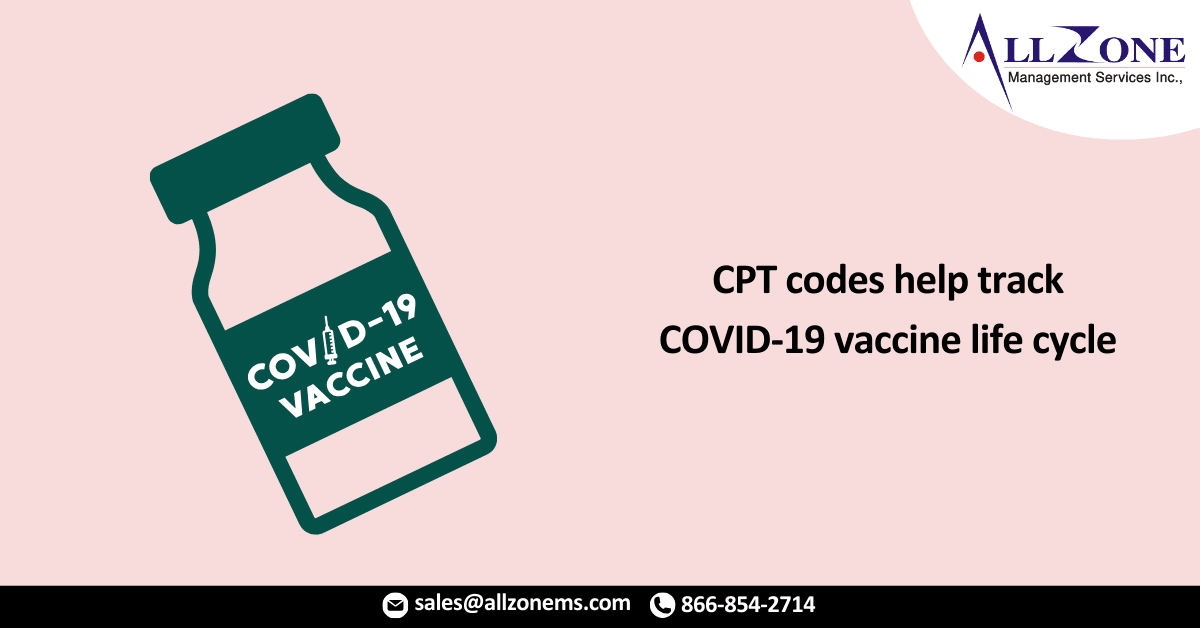The ability to rapidly and accurately report such granular detail requires a robust data infrastructure. Instrumental to this infrastructure are the specific AMA Current Procedural Terminology (CPT®) product and administrative codes related to COVID-19 vaccines.
Long described as the “common language of medicine,” the CPT code set is kept current through the work of the CPT Editorial Panel, an independent body convened by the AMA.
The development of vaccine codes usually follows a standardized process and a formal timeline based on the calendar of regularly scheduled CPT Editorial Panel meetings.
“This needed to move faster” was the message received by the CPT Editorial Panel, said Leslie Prellwitz, the AMA’s director of CPT content management and development. “Pandemics don’t follow schedules.”
Expediting code approval
Prellwitz, whose work focuses on setting the strategic direction for publishing and maintenance of the CPT content, also serves as the secretary to the CPT Assistant Editorial Board and spoke during an AMA webinar, “How CPT COVID-19 Vaccine Codes are Made.” Panelists told the story of how vaccine and telehealth codes were developed in a short time frame and explained how they were used.
While the CPT Editorial Panel shifted to an expedited process, Prellwitz explained that the panel remained committed to process integrity while streamlining its processes. The panel authorized its executive committee to review and approve COVID-19 related requests and publish new codes on the AMA website as soon as possible after approval.
The first case of COVID-19 in the U.S. was confirmed Jan. 21, 2020, and the first COVID-19 related CPT code—which pertained to diagnostic testing—was released less than two months later.
The CPT Editorial Panel has approved 43 COVID-19 codes since March 2020 related to diagnostic testing, extra practice expenses such as additional personal protective equipment, and individual vaccine products and vaccine administration.
Riding the telehealth rocket
When the vast majority of in-person care was put on hold in March 2020, many doctors found themselves thrust into the unfamiliar world of providing—and billing for—telemedicine.
One physician who had never used telehealth submitted about a dozen questions to the AMA’s CPT query line about how to get started and how to report certain services.
Prellwitz described how it seemed that the doctor was almost in a panic but added that this doctor’s central concern was: “I’m just trying to take care of my patients.”
The CPT Editorial Panel responded to this new urgency. Prior to the pandemic, there were 70 CPT codes defined as “telemedicine eligible.” By the end of 2020, there were 262.
“We all got put on the back of a rocket,” Prellwitz said.
Jennifer Layden, MD, PhD, deputy director of the Centers for Disease Control and Prevention (CDC) Office of Science, also presented, and she described how new ways to share data were created to “capture the life cycle of the vaccine distribution process.”
Manufacturers, supply chain systems, commercial package carriers, pharmacies, and EHRs were connected in an unprecedented fashion to track vaccine administration, safety, and availability, said Dr. Layden, an infectious disease physician.
Why granularity is important
Without the CPT vaccine codes, the government would not be able to visualize the data it uses on the CDC COVID-19 Data Tracker and other public-facing websites, she said.
“In the absence of such codes, we wouldn’t be able to effectively monitor vaccine administration, vaccine safety as well as other critical aspects of the vaccine campaign,” Dr. Layden said.
During the Q&A session, Prellwitz fielded a question about the difference between a third vaccine dose and a booster. It illustrated the importance of the codes’ granularity.
“The terms do matter,” she said.
A “third dose” is given to certain populations, such as those with compromised immune systems for whom two doses were unlikely to generate a sufficient immune response. A “booster” is given to an individual for whom two doses generated sufficient immune response, but the effectiveness of those doses may have waned over time, Prellwitz explained.
For More Information: how cpt codes help track covid 19 vaccine life cycle

